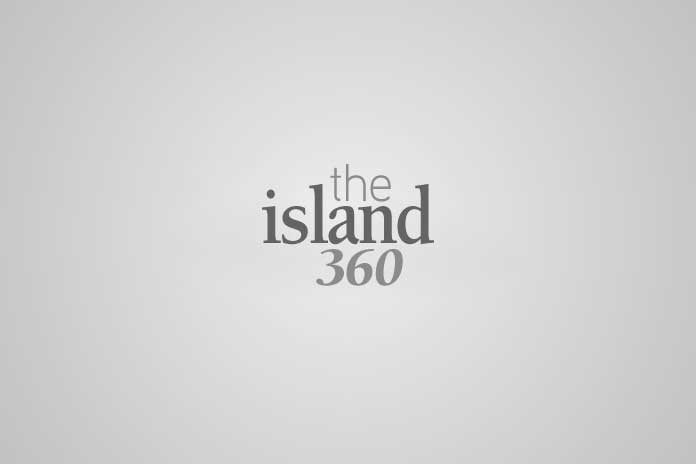
Since New York’s first rail line opened to passengers in July 1868, the transit system has been plagued by political incompetence, fiscal woes, unreliable service, filthy stations, unsanitary public restrooms, crime, neglected infrastructure, countless broken promises, and outright lying by elected leaders and so-called experts.
To understand that checkered history, I recommend Philip Mark Plotch’s excellent new book, “Last Subway: The Long Wait for the Next Train in New York City.”
Plotch, director of the Master of Public Administration program at St. Peter’s University, is most qualified to write about mass transit. He has served as director of the World Trade Center Redevelopment at the Lower Manhattan Development Corp. and as manager of planning and policy at the Metropolitan Transit Authority.
After a brief history of New York’s transit mishaps, Plotch focuses on the 100-year saga to construct the Second Avenue subway line on Manhattan’s East Side.
While talk for the new line began in 1903, the plans began in earnest in 1929 when the city approved the project at a cost of $98.8 million.
But, as Plotch points out, the Second Avenue line “has symbolized New York’s inability to modernize its infrastructure and accommodate residents….”
Politicians who made great promises to get past the next election failed to deliver. They blamed construction delays on the Great Depression, the Second World War, and by the late 1960s, on NYC’s fiscal crisis.
In 1968, Gov. Nelson Rockefeller created the MTA, an umbrella agency that controls the budgets and policies for city and suburban mass transportation.
The building of the Second Avenue line was now in the hands of the MTA.
At a groundbreaking ceremony, presided over by Rockefeller and Mayor John Lindsay in October 1972, MTA Chairman William Ronan announced that the line was “no longer a planner’s dream or an unfulfilled political promise. It is now being built and should carry its first passengers in 1980.”
However, Plotch notes, “Ronan was dishonest about both the timeline and the funding. The federal government’s contribution of $25 million and the state’s $99 million grant were enough to pay only a small fraction of the costs. MTA officials added to the deception by saying that “the city had committed itself to pay all construction costs not covered by state and federal funds.”
The “most modern, futuristic subway in the world,” as the MTA described the project, would, once again, be delayed for decades.
Then in 2004, it was announced that an “8.5-mile Second Avenue subway with 16 stations would be completed by 2020.”
Meanwhile, the experts had no idea how much it would actually cost and how long it would take to construct. Nor did they anticipate the adverse negative impact on neighborhood businesses during construction and the inconveniences residents would have to endure.
And costs soared. In the late 1990s, it was estimated that the first phase of construction between 63rd Street and 125th Street would be $3.6 billion. In 2004, it rose to $3.8 billion and then to $4.35 billion.
In 2015, Gov. Andrew Cuomo made it clear to the MTA that he expected to open the first three stations on Jan. 1, 2017.
Cuomo proceeded to scare people about their jobs and companies. One contractor said, “He went right for the jugular. It was my way or the highway. He’s a bully; he does it well, an eloquent bully.”
Cuomo was commonly referred to as a “thug” and his top sycophant, MTA board member Larry Schwartz, became known as “the thug’s thug.” When reminded by a fellow board member they had a fiduciary duty to act independently, Schwartz replied, “You work for the governor, f*** the fiduciary.”
To be able to have a 2017 New York’s Day grand opening, Cuomo “put his own short-term priorities ahead of the subway’s long-term needs,” Plotch says. The MTA diverted resources to fix the entire system “to accommodate Cuomo’s priorities.”
Hence, Plotch writes, “Spending $4.6 billion to build a 1.5-mile subway line was not necessarily a cause for celebration…. Per mile, the subway cost more than four times as much as new subway lines in Amsterdam, Barcelona, Berlin, Copenhagen, Paris, and Tokyo.
Thanks to the rush, numerous problems popped up after the opening. “Quality,” federal officials reported, “was clearly compromised to accelerate the schedules.”
Gov. Cuomo, Plotch concludes, has joined the long line of politicians who “fostered false expectations about New York’s ability to adequately maintain and significantly expand the transit system.”
Yes, Cuomo’s reshuffling of resources to have a ribbon-cutting event will be impacting beleaguered passengers for years to come.







“Hence, Plotch writes, “Spending $4.6 billion to build a 1.5-mile subway line was not necessarily a cause for celebration…. Per mile, the subway cost more than four times as much as new subway lines in Amsterdam, Barcelona, Berlin, Copenhagen, Paris, and Tokyo.”
This has been the case for years, and was pointed out in detail by the NY Times in this article, “The Most Expensive Mile of Subway on Earth.”
https://www.nytimes.com/2017/12/28/nyregion/new-york-subway-construction-costs.html
Blame the unions, and a city beholden to the civil services, not the people. Completely co-opted, just as Nassau is by the teachers, CSEA and PBA. The Port Authority is no different: a piggy bank for patronage, and don’t expect any audits from the State Comptroller, because he’s owned by the beneficiaries.
Interesting commentary from Mr. Marlin: “… the transit system has been plagued by political incompetence, fiscal woes, unreliable service, filthy stations, unsanitary public restrooms, crime, neglected infrastructure, countless broken promises, and outright lying by elected leaders and so-called experts.” Mr. Martin himself was a beneficiary of the broken system he now decries. When nominated by Gov Pataki to head up the bi-state Port Authority, then NJ Governor Whitman was so appalled by Martin’s thin resume, that she demanded a new, parallel position be established to protect NJ interests. The position still exists today, easing the way for Gov Christie to shut down the GW Bridge. Talk about political incompetence. Martin doesn’t mention his mentor – the thrice elected Gov. Pataki who ushered in the “pay by credit card” capital financing scheme which now diverts 20% of NYC Transit’s operating budget to pay for debt service. Talk about fiscal woes.